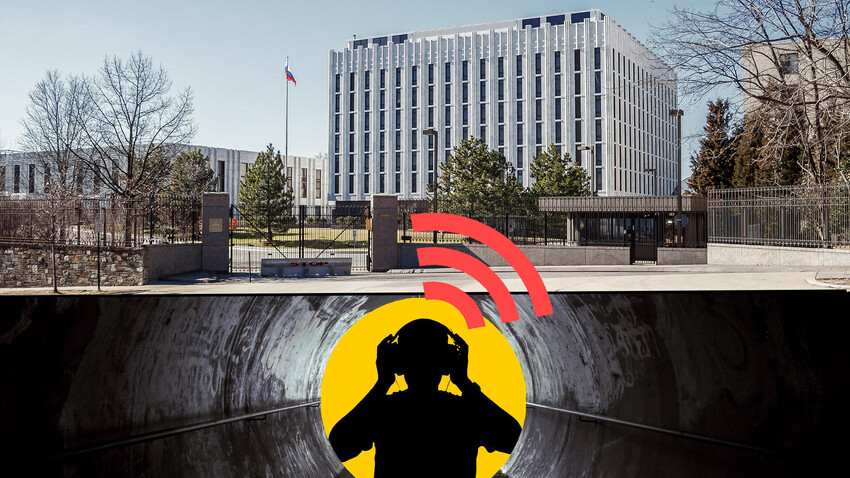
The U.S. and the USSR had been engaged in a cat-and-mouse game of espionage throughout the entire history of the Cold War. And some of their attempts to spy on each other really stood out. Codenamed ‘Operation Monopoly’, this classified espionage project set the bar high, but, in the end, failed spectacularly.
In 1977, some mysterious dwellers moved into a three-bedroom house on Wisconsin Avenue in Washington D.C. The house location was the primary reason why the new owners purchased this property. Its windows provided an unobstructed view of a construction site across the street.
On the opposite side of the road, construction of a new Soviet embassy in the U.S. was ongoing. The location of the new Soviet Embassy was strategic, to say the least. The new compound was being built on a hill, the second highest point in the U.S. capital. Below, three miles away, stood the White House; Capitol Hill stood a mile further away.
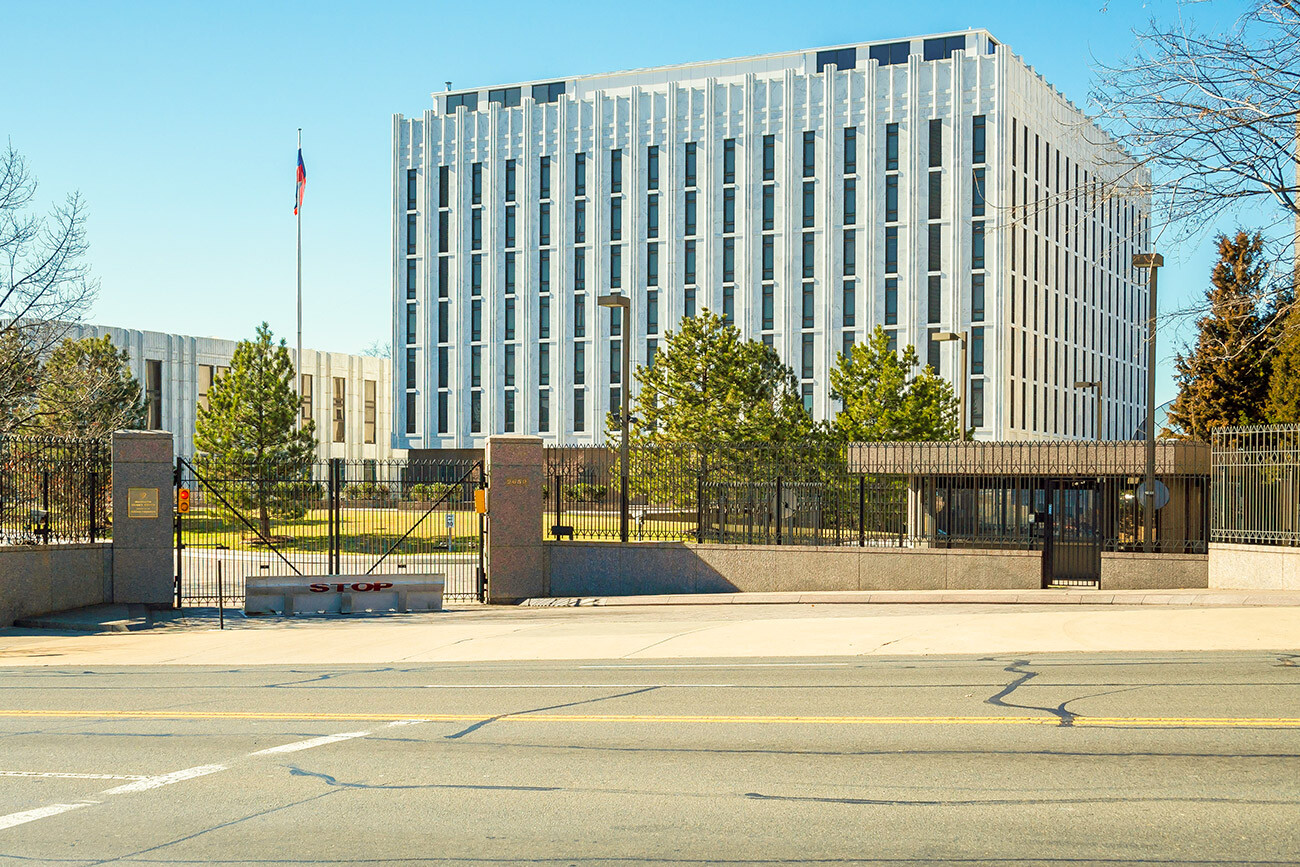
The Embassy of Russia in Washington, D.C.
Legion MediaSurprisingly, the U.S. State Department failed to consult with the intelligence community when it approved the allocation of the land to the Soviets, taking U.S. counterintelligence by surprise.
“We were absolutely beside ourselves. [The State Department] never bothered to consult the intelligence community, the FBI or NSA,” former FBI agent Dick Alu was quoted as saying in a book about the incident.
The chief concern of the U.S. security services was that the location of the new embassy would allow them to intercept microwaves and eavesdrop on radio communications, meaning that their Cold War rival could theoretically be able to listen in on secret communication between the White House, State Department, the Pentagon and the CIA.
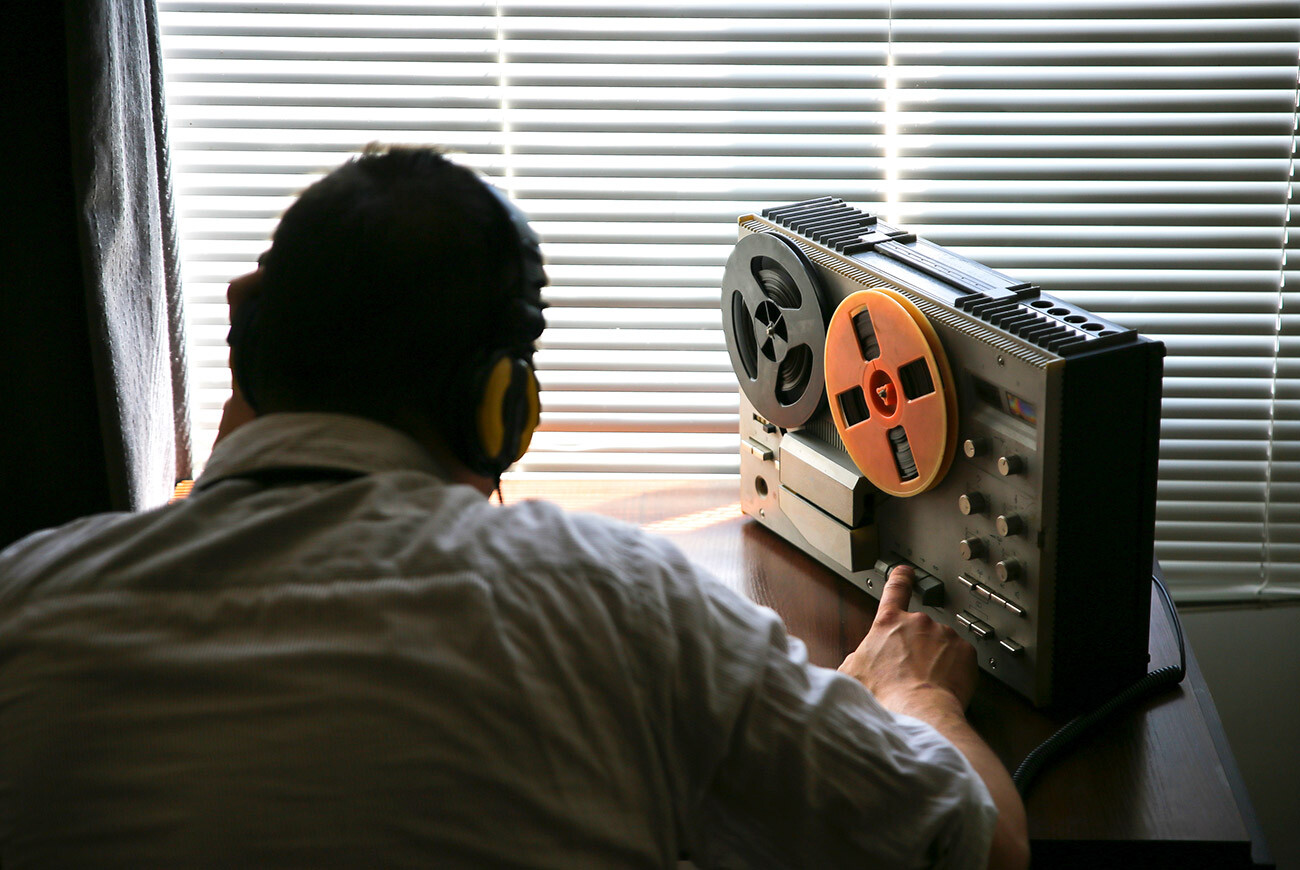
The chief concern of the U.S. security services was that the location of the new embassy would allow them to intercept microwaves and eavesdrop on radio communications.
Legion MediaTo eliminate the menacing danger, the FBI – along with the NSA – undertook a daring spy project of their own: ‘Operation Monopoly’.
U.S. intelligence needed to bug the new Soviet embassy. However, this was easier said than done. The Soviets had honed their counter espionage skills during the protracted Cold War rivalry. They were constantly inventing new methods that would allow them to spy on the American diplomats in the Soviet Union. For example, when the American embassy in Moscow was being built in the late 1970s, the KGB stuffed it with bugs at the bricklaying stage. Additionally, the KGB made Moscow the toughest destination for CIA agents to work in the entire world.
Assuming the same playbook would be applied against them in the U.S., the Soviets took thorough precautionary measures to not allow this to happen. Every window frame was disassembled, inspected for bugs and then reassembled back before it was approved for installation; marble slabs used in cladding were specifically selected so as to not have empty cavities where bugs could be inserted; additionally, the KGB X-rayed every inch of the building material the night before it was put in place by construction workers.
To get around the seemingly impenetrable spy wall of the Soviets, the FBI had to think outside the box. Soon, they came up with an unconventional and outrageously expensive idea.
The U.S. intelligence decided it would buy a house across the street from the construction site, dig a tunnel from the house that would lead right to the Soviet embassy and then install eavesdropping equipment right underneath it.
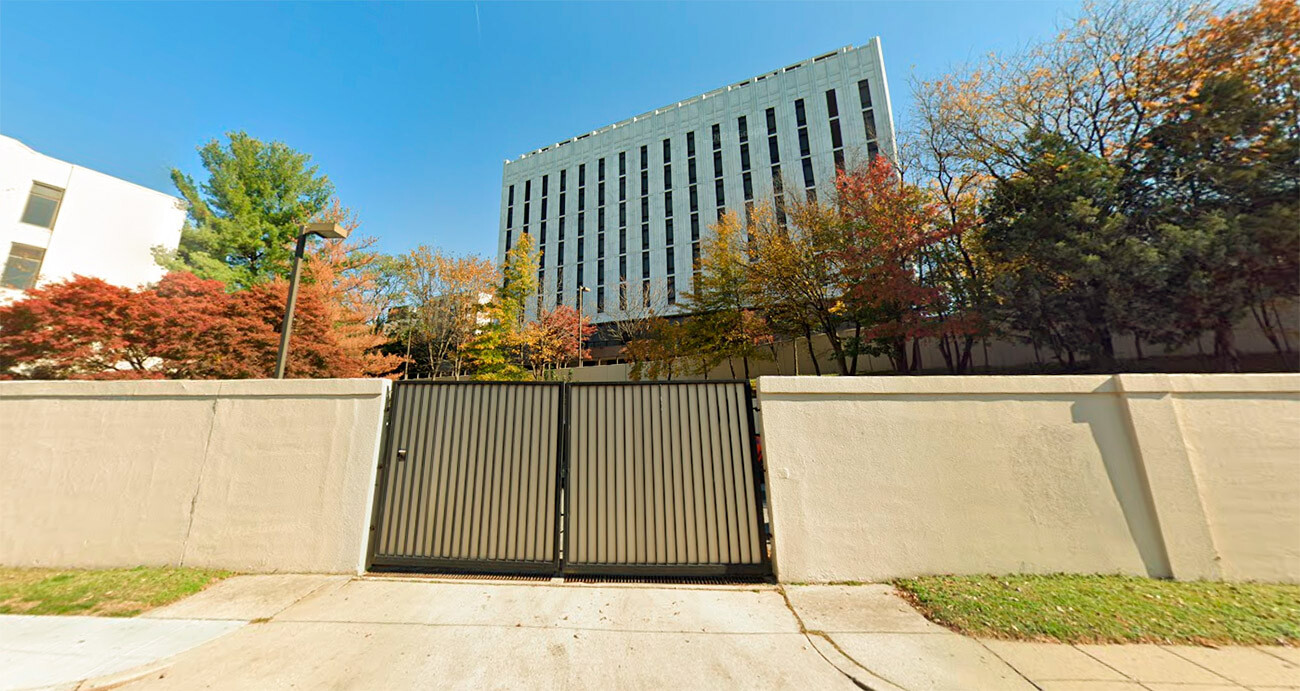
Surprisingly, the U.S. State Department failed to consult with the intelligence community when it approved the allocation of the land to the Soviets, taking U.S. counterintelligence by surprise.
Google mapsIf successful, the equipment in the tunnel would allow American intelligence to listen to Soviet communications happening in the new embassy thus revealing whether the Soviets had gained access to secure governmental communication or not.
The FBI began digging the tunnel when the Soviet Embassy was under construction. The work had to be executed with extreme caution so as to not alert the KGB which was constantly looking for ways the new embassy could be compromised. So, the project was kept secret and dirt and the excavated soil were secretly hauled away from the site under the veil of night.
The construction of the new Soviet Embassy dragged on for decades and so did the construction of the spy tunnel. Overall, ‘Operation Monopoly’ took more than a decade to complete and cost the U.S. budget hundreds of millions of dollars.
At one point, some of the senior FBI officials questioned the project, because of the amount of money it required. In case of its exposure, they worried millions of dollars would be wasted.
In addition, the FBI did not have a precise scheme for the new embassy building.
“The problem was, you didn’t know where you were going to come up. We had the plans, but you don’t know what a room is used for. It might end up being a Xerox room or a storage room. What you want is a coffee room where people talk. Or a secure room where they think no one can hear them,” a former FBI agent was quoted as saying.
But, the main concern of the U.S. intelligence community was that the advanced espionage bugs they had inserted in the tunnel after its completion did not yield any results. One possible explanation was that the Soviets had spotted and neutralized them. As painful as it was, the U.S. intelligence had to assume there was a mole within their ranks.
The FBI’s worst fears became reality only in 2001, when the existence of the tunnel was publicly revealed after FBI agent Robert Hanssen was arrested and charged with espionage 10 years following the collapse of the USSR.
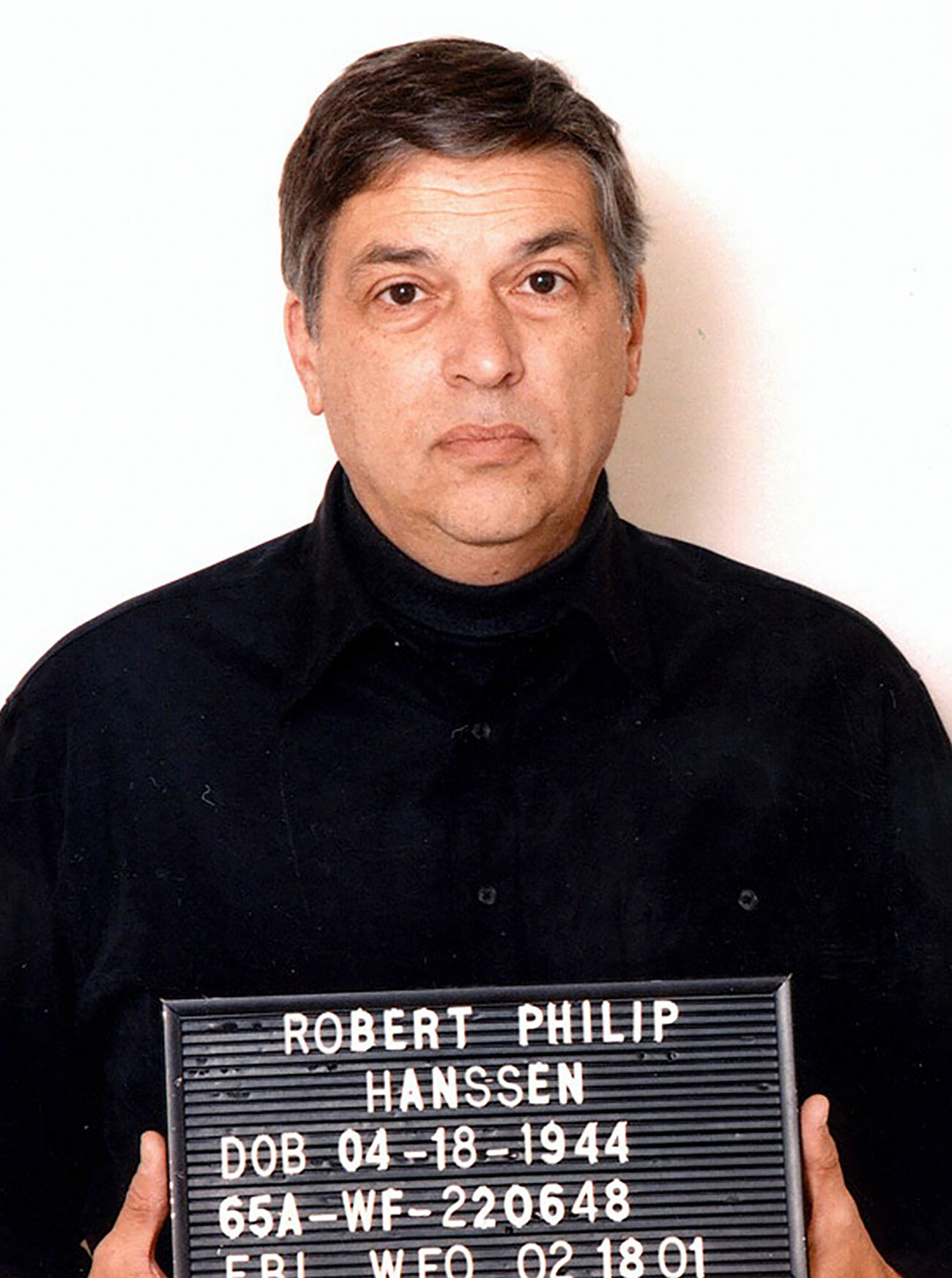
Robert Philip Hanssen; former FBI agent convicted of espionage.
Federal Bureau of InvestigationIt turned out, the double agent had betrayed the project to the KGB as early as 1989 and kept working for Russians after the Soviet Union ceased to exist. All these years, the Soviet – and subsequently Russian – intelligence was aware of the FBI’s attempts to listen to secret conversations in the Russian embassy on Wisconsin Avenue with the help of the secret spy tunnel.
After arrest and the subsequent revelation, Robert Hanssen received 15 consecutive life sentences without parole at ADX Florence, a federal supermax prison near Florence, Colorado.
Having no better option, the FBI decided to seal the tunnel from the side of the house on Wisconsin Avenue.
As one FBI agent put it: "Of course, you’d want to seal it up… How would you like to be living in the house and suddenly the Russians walk in?"
Dear readers,
Our website and social media accounts are under threat of being restricted or banned, due to the current circumstances. So, to keep up with our latest content, simply do the following:
If using any of Russia Beyond's content, partly or in full, always provide an active hyperlink to the original material.
Subscribe
to our newsletter!
Get the week's best stories straight to your inbox